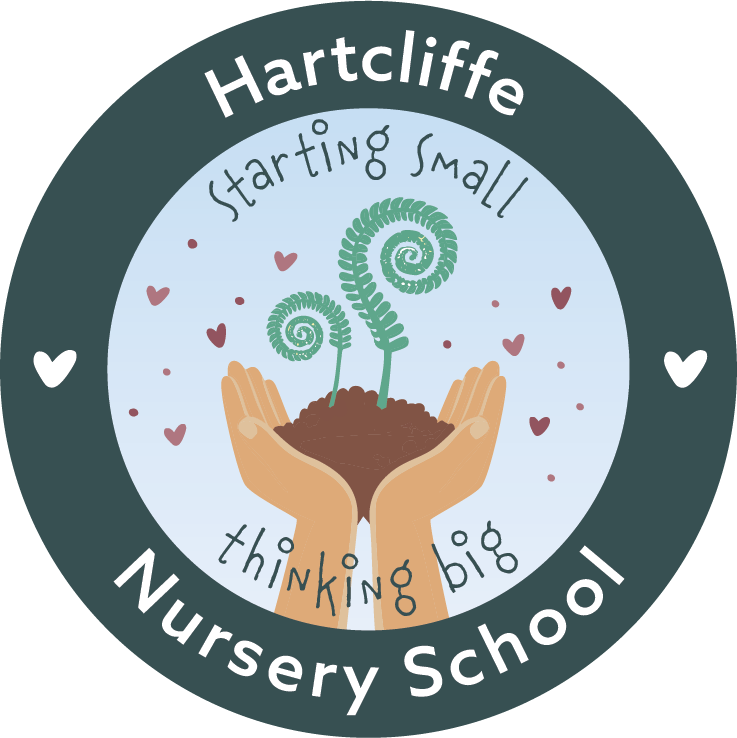We have had confirmed cases of chicken pox and scarlet fever in our setting. Please see the information below regarding advice and information regarding both illnesses.
If your child has any symptoms relating to Scarlet Fever or Chicken Pox, please keep your child off of nursery and seek medical advice. If you have any questions, please get in touch.
Scarlet Fever
The first signs of scarlet fever can be flu-like symptoms, including a high temperature, a sore throat and swollen neck glands (a large lump on the side of your neck).
A rash appears 12 to 48 hours later. It looks like small, raised bumps and starts on the chest and tummy, then spreads. The rash makes your skin feel rough, like sandpaper.
On white skin, the rash looks pink or red. On brown and black skin, it might be harder to see a change in colour, but you can still feel the rash and see the raised bumps.
If your child has a confirmed case of scarlet fever or chicken pox please let the nursery know so we are able to pass this information on to the UK Health Security Agency.
See a GP if you or your child:
- have scarlet fever symptoms
- do not get better in a week (after seeing a GP)
- have scarlet fever and chickenpox at the same time
- are ill again, weeks after scarlet fever got better – this can be a sign of a complication, such as rheumatic fever
- are feeling unwell and have been in contact with someone who has scarlet fever
Scarlet fever is very easily spread.
Chicken Pox
An itchy, spotty rash is the main symptom of chickenpox. It can be anywhere on the body.
Before or after the rash appears, you might also get:
- a high temperature
- aches and pains, and generally feeling unwell
- loss of appetite
Chickenpox is very itchy and can make children feel miserable, even if they do not have many spots.
The chickenpox spots look the same on children and adults. However, adults usually have a higher temperature for a longer period and more spots than children.
It’s possible to get chickenpox more than once, but it’s unusual.

